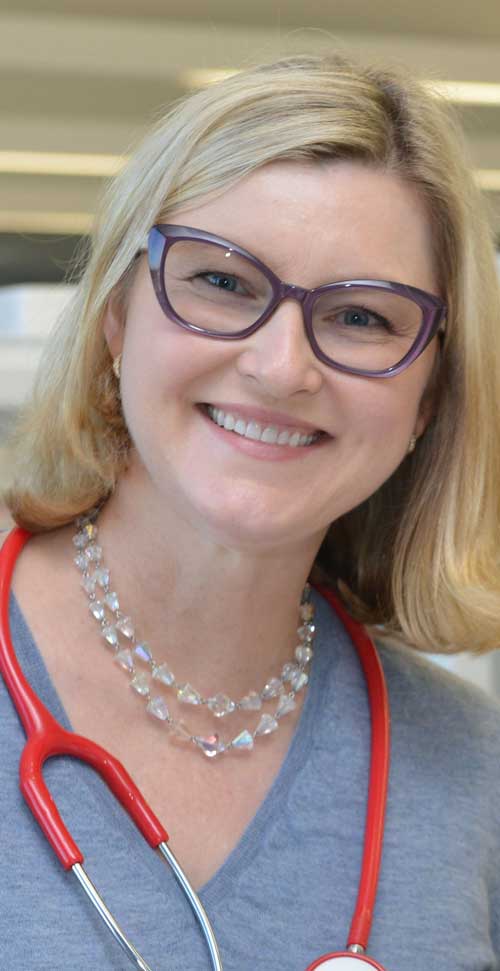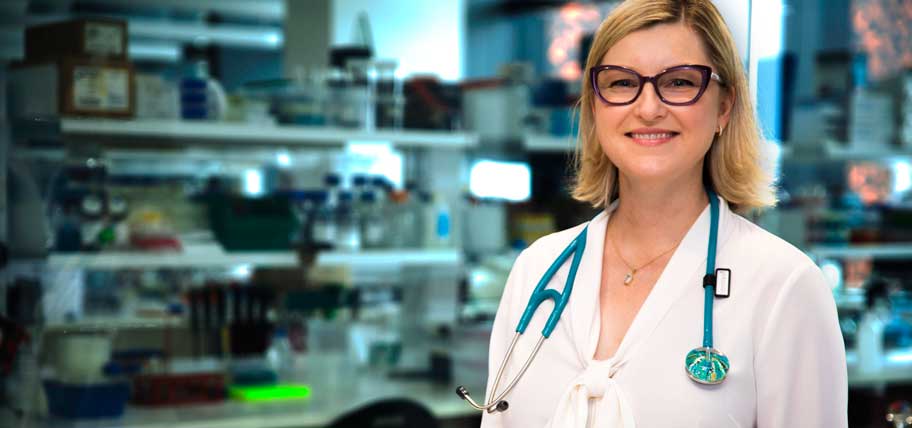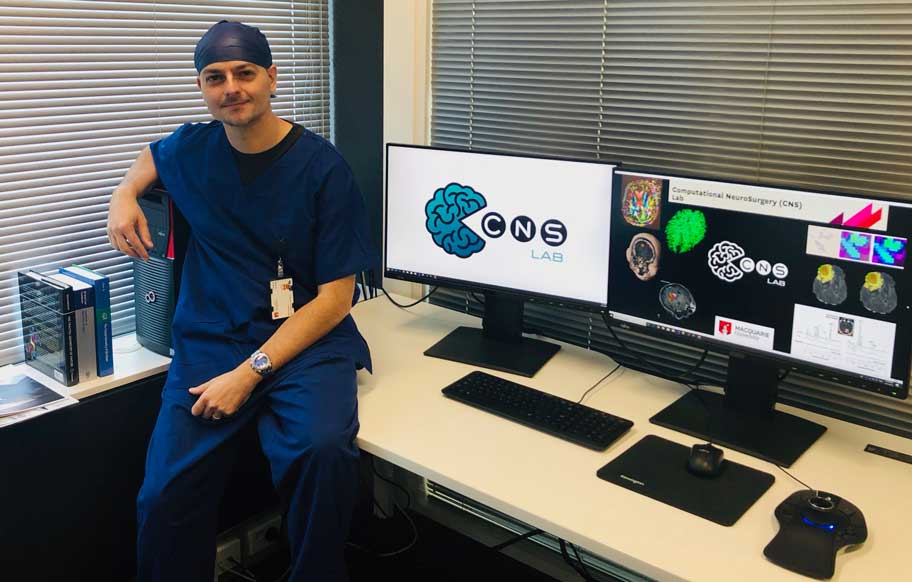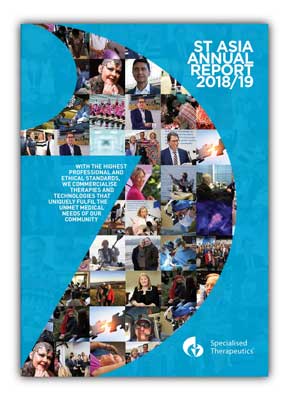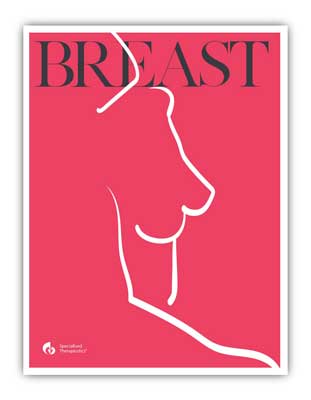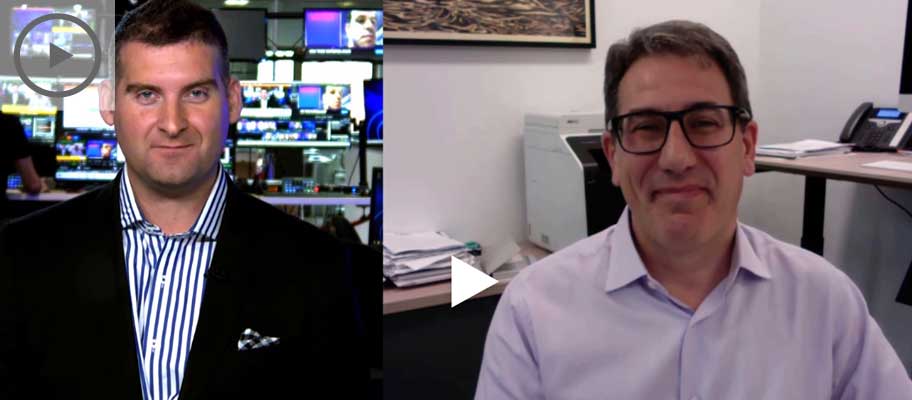By Carlo Montagner, CEO Specialised Therapeutics Australia
Dear PBS Improvements Section,
My name is Carlo Montagner and I am the Chief Executive Officer and co-founder of Australia’s largest independent pharmaceutical company, Specialised Therapeutics Australia (STA).
We are a wholly family-owned Australian company, supplying specialist therapies and technologies to patients throughout Australia, as well as in New Zealand and South-East Asia. Our interests are heavily focused in oncology and haematology, although we are not confined to these areas. Our mission has always been to fulfil unmet medical needs – we do not in-license ‘me-too’ therapies where there is a comparable competitor already in the market. All products in our portfolio are carefully and prudently selected for the incremental clinical benefit they provide, particularly to smaller patient populations. Typically, we partner with smaller European or US-based biotech companies that do not have a presence in our region. Therefore, if STA did not partner with these companies, their products would not be available to patients in Australia.
I would like to address two areas of fundamental concern that may impact our business model and ongoing ability to bring these unique medicines to Australia.
1. PBAC new fees and substantial increases to existing fees;
2. Orphan drug applications that are not fee exempt following an initial application rejection
PBAC Submission Fees – The Introduction of New Fees and Increases to Existing Fees
While we wholeheartedly support concerns raised by Medicines Australia (MA) in its submission, I further note that these very substantial fee increases, combined with the introduction of new fees, are particularly prohibitive for small, independent pharmaceutical companies.
These fee increases will mean the cost of submitting a major submission is now well in excess of $300,000 – irrespective of whether the application is successful.
STA has estimated that the combination of fee increases, new fees for various processes and internal costs of submission preparation will mean that the real cost per submission is approaching $750,000.
Considering that it typically takes several submissions to achieve a PBS listing, companies need to budget almost $2 million for a single submission, with no predictability that the submission will be successful or commercially feasible, if onerous listing conditions are mandated by the PBAC.
As discussed, this makes the cost of lodging a submission increasingly prohibitive. But for small, independent privately-owned companies like our own, these charges present a major barrier.
While these commercial considerations are matters for all pharmaceutical companies, larger multi-national companies have far greater financial resources to bear this cost upfront.
For smaller companies in this industry with a turnover of less than $50 million annually, these increased costs will potentially mean the financial risk is simply too great, especially when the outcome of a PBAC submission is highly unpredictable.
I acknowledge that there is never a guarantee of success for any pharmaceutical company when it submits to the PBAC for reimbursement. I understand there is not an unlimited pool of funding from the government, and also that not every therapy deserves reimbursement.
It is now apparent from our own experience with recent major submissions, that even when a company has attained high-level trial evidence showing a drug has achieved its primary and secondary endpoints, has demonstrated statistically significant improved survival data, and when the same therapy has achieved positive reimbursement recommendations from key agencies such as NICE, it can still be rejected multiple times by the PBAC.
I would further note that as MA has advised, these PBS submission cost increases seem disproportionate to the work input required by the Department of Health.
MA is calling for an independent audit of the changes proposed in the draft Cost Recovery Implementation Statement (CRIS). STA is supportive of this stance, and agrees more clarity is required – particularly around the new charges proposed for the facilitated resolution pathway ($238,230) and the associated facilitated workshop with one or more PBAC members (approximately $72,000). These charges appear exorbitant and it is not clear how additional funds will be used.
Independent Experience
My concerns stem from personal experience. In the past year, our company has submitted two applications for a TGA-approved breast cancer drug NERLYNX (neratinib) to be PBS listed for the benefit of all appropriate patients. We have also submitted two further applications for a novel myeloma therapy APLIDIN (plitidepsin) that is providing hope to patients who have relapsed after earlier lines of treatment. Even based on the older fee structure and levels, these four applications have cost our company almost $1 million in fees.
This amount does not take into account all the other necessary costs involved in preparing a detailed submission dossier, including advisory board meetings, market surveys to determine treatment algorithms, and developing a health technology economic model to determine cost-effectiveness outcomes. These items add several hundred thousand dollars to the standard submission costs.
On at least three of these occasions submitting for NERLYNX and APLIDIN, ST was unsuccessful. An outcome for the latest APLIDIN submission is not yet public.
Both of these therapies are approved by highly regarded regulatory agencies, and in the case of NERLYNX, reimbursed in other parts of the world.
I accept there will always be risk when it comes to bringing new medicines to market.
History shows it will typically take two, or even three PBAC submissions to achieve a listing, even with the best evidence available. Given this, the reality is that with the new fees and increases to existing fees, pharmaceutical companies will be spending in excess of $3 million for every drug they try to list. It’s a vast amount of money when there is no definitive predictor of listing success that a company can rely on to determine the degree of investment risk. As stated earlier, while large multi-national pharma companies may be able to bear this cost and risk, smaller companies such as STA cannot manage this level of ‘upfront’ payment combined with the high risk of rejection due to the poor predictability of listing success.
A Potential Solution
A potential solution to this situation is to provide special consideration to pharmaceutical companies that are generating annual revenues of less than $50 million.
I am respectfully requesting that smaller companies with revenue <$50M annually be granted an exemption from paying new fees ‘upfront’ for at least the first two applications, and when, or if, a drug is listed on the PBS, the company then pays those fees in arrears, in instalments when PBS expense on that drug exceeds $3M per year.
Orphan Drugs
The situation is even more difficult with orphan drugs – that is, therapies that treat people with rare diseases and where there is a high unmet clinical need.
These patient populations are frequently denied effective targeted therapies but have the same right to receive precision medicines that may significantly improve their outcomes.
While the PBAC provides an exemption on the initial PBAC submission for drugs that have been orphan-designated, this is not the case for subsequent submissions.
As stated earlier, it typically takes two to three submissions for a drug to receive a positive PBAC approval.
Given this statistic, we are now faced with a real barrier for orphan drugs to be PBS listed as the likelihood of success in the only fee exempt round (first submission) is low, and the revenue that would be generated by the orphan drug insufficient to justify the multi-million dollar outlay required for subsequent submissions.
I would like to propose that the first two PBAC submissions for orphan designated drugs are fee exempt, with a further minor submission included (if this required following an unsuccessful second major submission).
Finally
The PBS was established more than 50 years ago to ensure that all Australian residents have affordable and reliable access to a wide range of necessary medicines.
I fear that when the full impact of the July 2020 PBAC fee increases is realised in the next two to three years, small Australian-owned companies like ours will not be able to take on the financial burden and associated risk to bring these new medicines to Australia.
Ultimately, this means that patients will miss out, because the international drug development companies STA partners with to make these therapies available do not have an established presence in this region.
Of most concern is that Australia will end up like New Zealand, where many companies no longer submit products for regulatory approval due to the low probability of achieving reimbursement.
The Federal Government may believe that if a drug is important enough, then it will be developed by a large multi-national pharmaceutical company with an established local presence.
In reality, many of the smaller-volume targeted therapies – resulting from the evolution of precision medicine research – are developed by small biotech firms. Many of these firms have great expertise in drug development but are developing niche medicines not typically commercially attractive to big pharma. The STA business model has always been to partner with these companies and fulfil unmet medical needs – in large and small patient populations.
Without the support of smaller companies like STA, valuable therapies being developed by small biotechs may never reach the people for whom they were developed, and where they can provide benefit.
Thank you for considering our submission and we look forward to your feedback.
